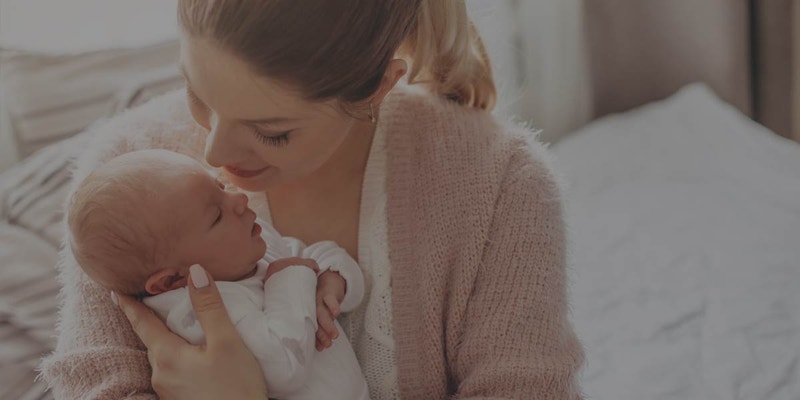
It is not uncommon to have bladder control issues after childbirth. Incontinence is normal, and it’s better to be prepared than to suffer through it in secret. With the right attitude and professional assistance with incontinence, you can have periods of stress melt into thin air. You are not alone! There are ways to deal with it. Educate yourself and make sure you take time for yourself as well. Being a mom is hard work, but you need to take care of yourself too! It will benefit both you and your baby. Here are tips that can help you manage incontinence effectively and start enjoying life again.
-
Perform Pelvic Floor Exercises Under Professional Guidance
The best way to deal with incontinence is to perform pelvic floor rehab with the help of a professional pelvic floor therapist. It is crucial to start doing these exercises as soon as possible after delivery to avoid problems like incontinence later on.
Pelvic floor exercises focus on groups of muscles of your pelvic area, including TVA (transverse vaginal muscles) and PFM (pub coccygeal muscle). The pelvic floor muscles support the uterus, bladder, small intestine, and rectum. These muscles stretch and weaken after giving birth, leading to incontinence problems. However, pelvic floor exercises, known as Kegels, will help strengthen the muscles in your pelvic floor and thus help deal with incontinence after childbirth.
-
Electrical Stimulation of Pelvic Muscles
Stimulation of the pelvic floor muscles can be instrumental in dealing with incontinence related to childbirth. Electrical stimulation is an excellent option if you find it challenging to do the exercise yourself. The electrical stimulation uses an electrical muscle stimulator or a small device that attaches to your underwear and a probe that inserts into the vagina and stimulates the muscles using an electrical impulse causing contraction of a group of pelvic muscles.
Electrical stimulation of pelvic muscles helps build up the pelvic floor muscles to help you continue normal daily activities without severe discomfort. The electrical impulses stimulate the muscles to contract. The use of electrical stimulation therapy to treat this problem is safe and effective.
-
Take Enough Water and Eat Water and Fibre-Rich Foods
Though you may think of taking less amount of water due to incontinence, dehydration may cause the situation to get even worse. Taking less than enough fluids will cause constipation or even dehydration, making your condition worse.
However, drinking at least eight glasses of clean water and fiber-rich foods can help eliminate body toxins, keep you healthy, and speed things along towards your full recovery. Some foods, such as unsweetened cranberry juice, a natural diuretic, and veggies, can help you meet your fluid and fiber intake requirements.
Drink plenty of water throughout the day, and stay away from caffeinated beverages and sodas as they will dehydrate you more. To avoid constipation in this postpartum period, eat plenty of fiber-rich foods like whole grains, fruits, and vegetables and drink enough liquids so that your stools are soft and easy to pass. Make sure that you eat regularly
-
Use Pads for Incontinence
If you are dealing with heavy leakage, wearing reusable pads maybe your best option for incontinence after childbirth. These thin fabric pads have a design that makes them easy to wear under your clothing and hold several ounces of liquid before they need to be changed. While they aren’t quite as comfortable as disposable diapers, they are much less noticeable under clothing and a lot easier to deal with when traveling or doing activities outside of the house.
-
Keep Your Weight Within Limit
Last but not least, make sure to keep your weight gain within recommended limits after your baby is born. Although moderate weight gain is healthy during pregnancy, large amounts of extra weight will put more stress on your bladder and surrounding muscles and could make your incontinence worse down the road.
Conclusion
While most women will experience some degree of urinary incontinence after childbirth, the good news is that this condition is common and treatable. Some simple lifestyle changes and behaviors during pregnancy and after birth can reduce the risk of incontinence. However, interacting with a professional such as the Peninsula Pelvic Floor Physiotherapists will give you more confidence and help your recover quickly from incontinence.

